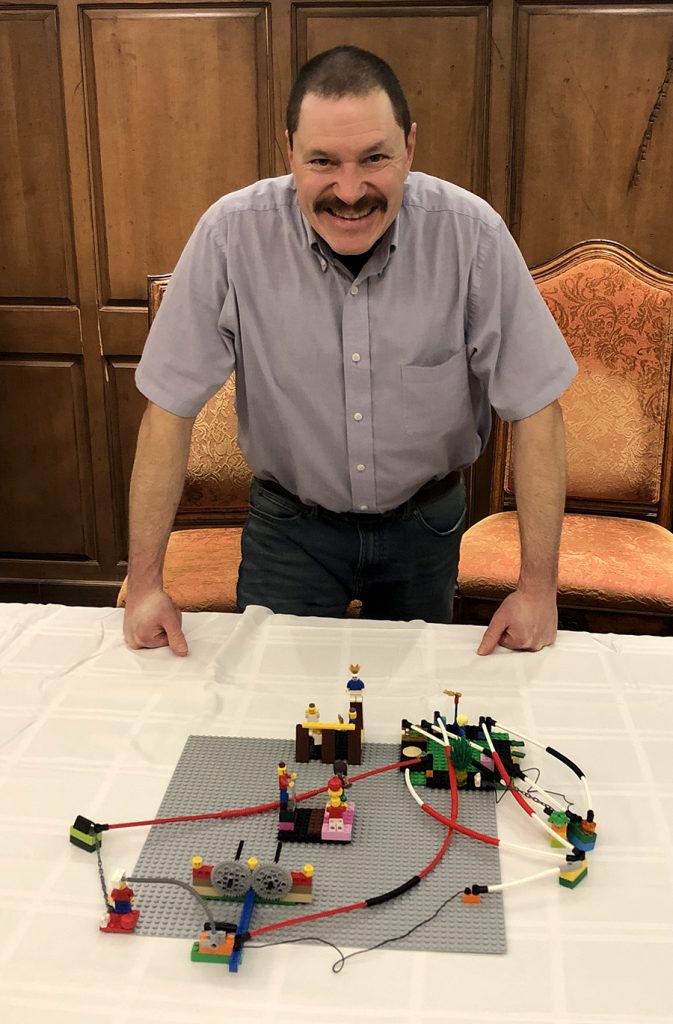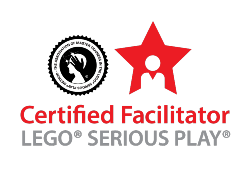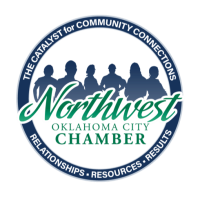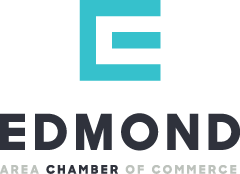Challenge: Our client, Tom C., started a brand-new business that he was excited about. However, like so many entrepreneurs just starting out, he struggled to explain his business in simple terms. Instead of a clear, concise “elevator pitch,” he found himself rattling off credentials, rambling about specific aspects of his services and causing prospects to tune out and turn away.
Furthermore, he was spending a lot of time talking to potential referral partners (who understood his business model), but still struggling to identify his prospective client and target market.

Solution: Uptimize owner and CEO, Tracey Cheek, led a workshop using the LEGO® SERIOUS PLAY® (LSP) method. The workshop was built to help Tom refine his elevator pitch, help him better understand his potential customer and target markets and define his ultimate value proposition. LSP, a facilitated technique utilizing LEGO® bricks, provided a unique platform for exploration and problem-solving.
Insights:
- The elevator pitch: We started by helping Tom understand and articulate his business. It took a little work to iron out the message, but he was able to realize how simple the message needed to be and how much he had overcomplicated it.
- The prospective customer: Initially, Tom did not believe he knew his target customer. LSP unlocked the deep knowledge that he knew implicitly and allowed him to bring it to the surface, defining his typical customer and why someone might seek out his services.
- Barriers to entry: Defining that potential customer led to a deeper discovery of what barriers they likely have to purchase, how to address them and whether any of those barriers are too strong to surpass.
- Imposter syndrome: When asked to describe what the value his business adds for the customer, Tom was initially unable to come up with anything. “Imposter Syndrome” is something almost every entrepreneur in the world deals with at some point in their journey and is totally normal. We discuss it often in our Entrepreneur Close-Up livestream.
Results:
- Clarity of messaging: The workshop provided a place for Tom to collect his scattered thoughts and ideas into one powerful statement he can make that describes what his business is all about.
- Understanding of Value: Returning to the LEGO® model and rephrasing the question around value proposition opened Tom’s eyes to the value he truly did bring to the table, helping him realize his own value and worth.
- A path forward: Something that clearly emerged from the workshop is that the customer he thought would be the easiest to access would likely present the most resistance to what he was selling. Instead, we discovered a unique opportunity for a client base who might be facing some unique issues he could help with.


How LEGO® SERIOUS PLAY® empowered this workshop:
- The LSP method can help focus scattered thoughts and refine messaging. In a case like this where the client can’t articulate their offerings concisely, organizing their thoughts into a 3D model can help show what’s really important and make it easier to say.
- One of the benefits of the LSP method is memory retention. The process of using bricks to hand build a model representing your thoughts and ideas, is the brain’s process of solidifying a better understanding and retention of the developed concepts.
- In normal conversation, people are only tapping into 5-10% of the brain, working with a model gives people access to a deeper part of their knowledge and memory. In this case, information that wasn’t readily available was able to be accessed when the client put shapes to action.
In Conclusion: This case demonstrates the power of LSP to access deep knowledge, develop clarity and understanding, combat imposter syndrome, and turn vague ideas into a powerful strategy to move forward.









